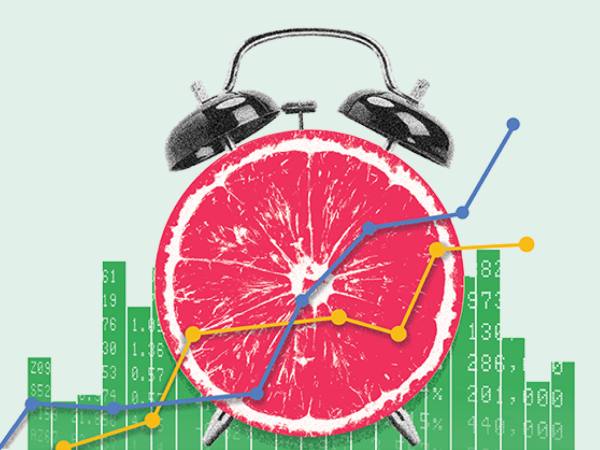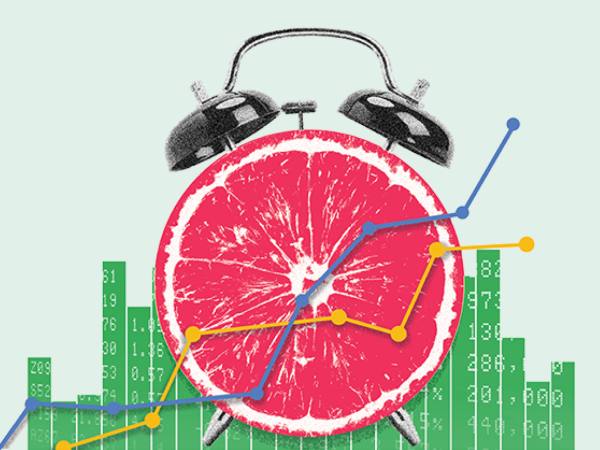The future is unknown. So sometimes it's wise not to make big investment decisions based on your own belief that you can predict it.
Last week, Amazon and Google announced hundreds more layoffs as they continue to roll back their pandemic hiring sprees. In the past few years, both laid off thousands of employees but it doesn't seem to be enough. Now, Amazon said it would cut employees from Prime Video and its video gaming streaming business Twitch, meanwhile, Google is targetting its voice-activated Google Assistant division.
The problem for Amazon and Google is they invested heavily during the pandemic when government lockdowns forced people online. Between 2019 and 2021, Amazon more than doubled its headcount to 1.6mn meanwhile Google increased its by 32 per cent to 156,000. Alongside this monumental expansion, Amazon ramped up spending on its warehouses to match the demand for online shopping, with its capex rising 53 per cent in 2021 to a record $61bn.
This seemed to make sense at the time, after all. In the two years to 2021, Amazon’s revenue increased 68 per cent to $470bn while Google’s was up 60 per cent to $257bn.
Most people believed that rather than this being an anomaly, it was a continuation of the inevitable rise of e-commerce. At the start of 2021, 74 per cent of retail and consumer brand professionals said they expected the crisis-led rise in online shopping to become permanent, according to a survey by Euromonitor International.
For huge tech companies that make billions from advertising and cloud computing businesses, over-investment can be unrolled without much damage. However, this isn’t the case for most businesses.
For example, at the end of last year, video game developer TinyBuild launched an emergency share placement underwritten by its chief executive. The games developer burnt through almost $60mn in the last two years in acquisitions. And like the e-commerce industry, the lockdowns spurred a surge in video game spending. However, the global gaming boom flipped into a recession and last year TinyBuild’s revenue growth reversed. At the end of 2023, TinyBuild had to unexpectedly pay out millions in a legal settlement related to one of its acquisitions and it was left fighting for survival.
Like the other examples, TinyBuild was a victim of overconfidence in forecasting. No one thought gaming would have to give back its pandemic gains. In 2020, the global gaming market expanded 23 per cent to $178bn, according to research company Newzoo. Correspondingly, these researchers forecasted the market to reach $219bn by 2024. Yet, the gaming market shrunk in 2022, and as 2024 arrives Newzoo has said the total market is only just squeaking past $180bn in value, around 17 per cent below the forecast.
The truth is that human habits can take decades to change even in the face of once-in-a-generation global shocks. During World War Two US female employment rate increased six percentage points to 34 per cent, according to a National Bureau of Economics paper. However, this didn’t last, by the end of the decade, more than half of the women drawn into the workforce by the war had left.
The fact that people tend to over-extrapolate from temporary shocks was something that semiconductor manufacturer TSMC understood during the last global recession. When its founder Morris Chang returned as chief executive, he decided to reverse the capital expenditure cuts of the previous year. In 2009, TSMC increased capex by 36 per cent to $2.7bn despite revenue falling 15 per cent to $8.96bn.
Using the almost $6bn of net cash on the balance sheet, Chang took his opportunity to invest when demand for semiconductor manufacturing equipment was at its lowest, and 15 years on TSMC has a practical monopoly of high-tech chip manufacturing.
On the opposite side, Amazon chose the peak of the commercial real estate market to make its big warehouse investment push. In 2021, the price of US commercial real estate rose 26 per cent to its peak at the start of 2022 according to the real estate research firm Green Street Advisors. Since then, rising interest rates have meant the index has fallen 25 per cent back to 2016 prices.
Chang could have been wrong about the electronics industry bouncing back because ultimately no one really knows what is going to happen. But what businesses, and individual investors can control, is the net cash on their balance sheets. This at least gives them the chance to make the big bets when assets are cheap.










